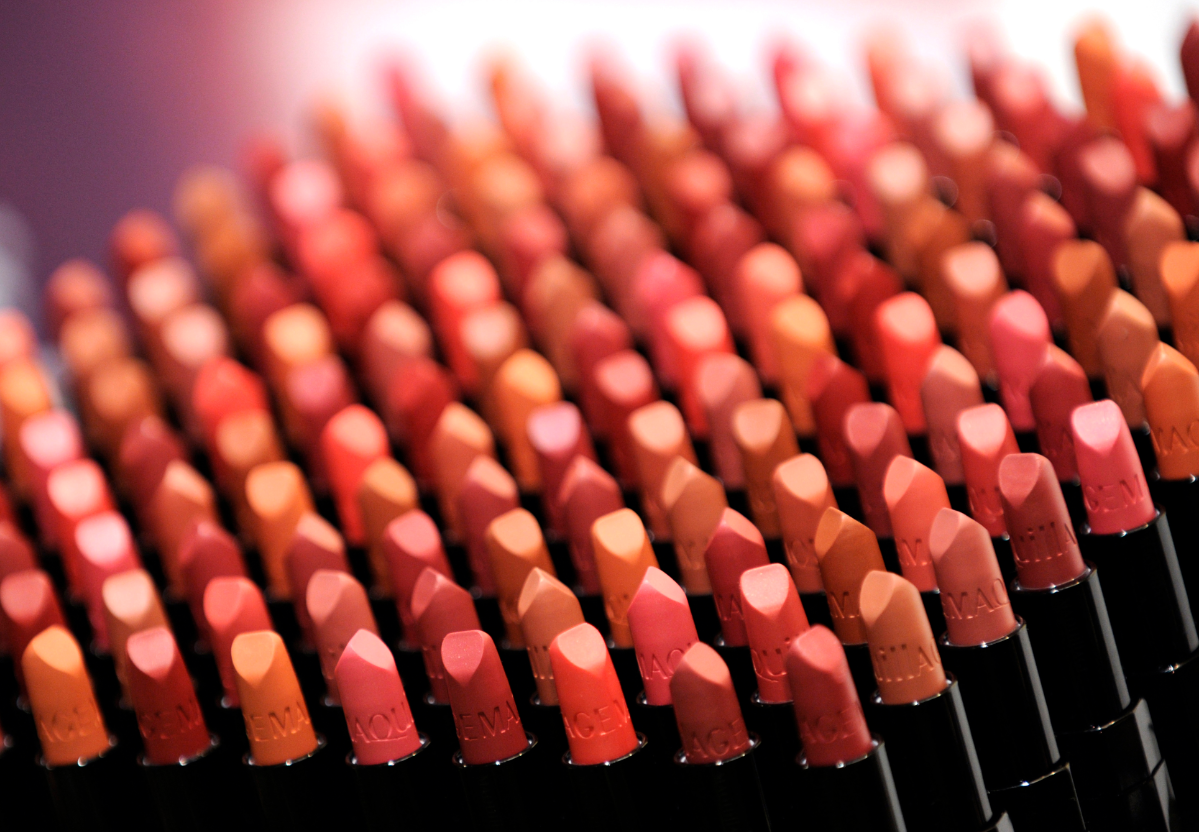More and more women are asking questions about the safety of the ingredients used in their make-up products.

An average of 7,000 new beauty and personal-care products hit Canadian store shelves every year.
An average woman uses more than ten of these products every day.
There are concerns about potentially toxic chemicals contained in some of these products.
Some environmental groups say research shows some ingredients are linked to cancer, birth defects, allergies and irritations.
Starting in 2006, Health Canada started undergoing a Chemicals Management Plan to review 23,000 chemicals that were introduced before the advent of stronger environmental legislation.
This process is ongoing, so some of the chemicals that are most concerning have yet to be assessed.
Some ingredients have already been banned.
- Health Canada’s “hot list” of banned chemicals in cosmetics
- Health Canada’s consumer safety website
- David Suzuki’s “Dirty Dozen” ingredients in cosmetics
- Environmental Working Group’s Skin Deep website, which has a searchable database of beauty products and a rating system
- The US cosmetics industry with a searchable database of ingredients
- Vancouver-based company makes toxin-free make-up
- Vancouver hair salon sources colour products without toxic chemicals
According to Tovah Paglaro, the David Suzuki Foundation’s Queen of Green, consumers can start by looking for two things: parfum or fragrance, and triclosan. While parfum/fragrance isn’t the worst offender on its “Dirty Dozen” list, its presence in a product usually means there will be other suspect ingredients.
Triclosan is especially worrisome and is found in many antibacterial products. Here are more tips on avoiding triclosan.
Castile soap is a good alternative that can be used as soap, shampoo, for household cleaning, laundry detergent, even as toothpaste. Or there are many recipes online if you want to try making your own personal care products.
Part one: Toxic beauty products:
A Toronto woman has launched an app to make it easier for consumers to rate their cosmetics and beauty products. ThinkDirty lets you scan a product barcode to get information on the product, its ingredients, cleaner options and an overall score. This information and score is produced by consolidating independent research from multiple resources, such as government lists of prohibited chemicals, peer-reviewed journals, non-profit health organizations’ reports, and regulatory agencies’ guidelines. The ThinkDirty app is free right now on iTunes.
Part two:



Comments